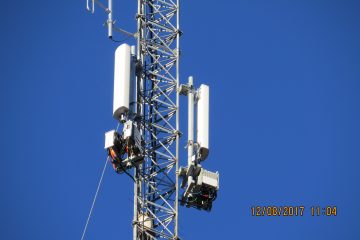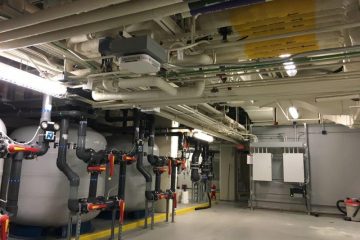Disconnected and remote highways pose safety risks to drivers and pedestrians alike as a lack of cellular coverage makes it impossible to phone for help in the case of an emergency. The isolated nature of the 720-kilometre stretch of Highway 16 between Prince George and Prince Rupert was a facilitating factor in the disappearance, abduction, and murder of over forty women since 1969, a disproportionately high number of which were Indigenous women. Twenty-three First Nations communities and multiple municipalities skirt this corridor, now known as the Highway of Tears. In order to improve the safety and connectedness of the region, the provincial government funded a project to launch wireless coverage along this stretch of highway, bringing cellular connectivity to each Indigenous community along the Highway of Tears and improving cell service for the locations that already had it.
The major Canadian communications company that was selected to complete this venture contacted AT 3CIS to mobilize quickly and construct a cell tower. Because the project was stalled due to the extensive forest fires that had spread across British Columbia, the communications company had little time remaining when they contacted AT 3CIS to complete the tower construction. Their deadline, advertised publicly in the media and reinforced by the imminent onset of winter, was approaching quickly. The internal organization and speed of AT 3CIS management and employees facilitated immediate mobilization; project planning began in a timely fashion, and earthworks began directly following planning completion. AT 3CIS worked closely with members of the local First Nations community, who were sourced to complete around three-quarters of the earthworks, excavating the area, laying rebar, and pouring concrete. Following tower assembly, AT 3CIS field technicians installed the cellular equipment and the microwave link that ties the tower back to the network. Cellular services went live to the public before the Christmas of 2018, on schedule. The cellular tower constructed by AT 3CIS and members of the local First Nations community enables people to contact help in the case of an accident or crisis, causing the locals to feel less exposed. More reliable connectivity makes the surrounding area a safer place to commute, work, and live.

